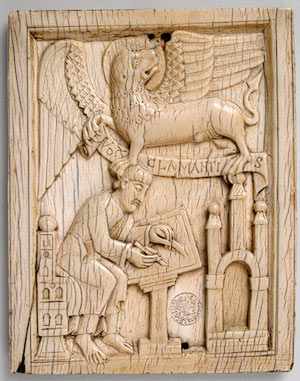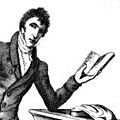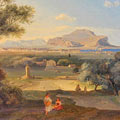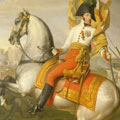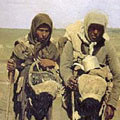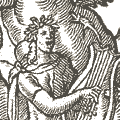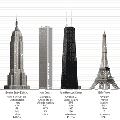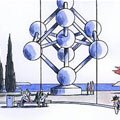een schat aan historische informatie op de website
van het Metropolitan Museum in New York
van het Metropolitan Museum in New York
De website van het Metropolitan Museum is wat kunst(geschiedenis) betreft een van mijn geliefde stekjes op het web. Bovendien is deze site uitstekend vormgegeven. Regelmatig worden nieuwe specials toegevoegd over kunsthistorische onderwerpen die rijk geïllustreerd zijn met kunstvoorwerpen uit de eigen collectie. Naar aanleiding van de tv-serie die Deutschen waarvan ik helaas het eerste deel over Otto de Grote gemist heb, kwam ik bij the Met terecht op een pagina over Ottoonse kunst
The Ottonian revival coincided with a period of growth and reform in the church, and monasteries produced much of the finest Ottonian art, including magnificent illuminated manuscripts, churches and monastic buildings, and sumptuous luxury objects intended for church interiors and treasuries. Christian iconography predominated, but political imagery was often integrated with sacred scenes. For example, the cathedral of Magdeburg, founded by Otto I, counted among its treasures a set of ivories that adorned a piece of liturgical furniture. Most of these are carved with scenes from the life of Christ, but one celebrates the partnership of the church and the Ottonian state, for it represents Christ receiving the cathedral from the hands of Otto I, who approaches with draped hands and an escort of saintly protectors.
Bron: metmuseum.org
Bron: metmuseum.org
Ivoorsnede met de evangelist Marcus
ongeveer duizend jaar oud, waarschijnlijk afkomstig uit Keulen (13.9 x 10.8 x 0.8 cm) De inscriptie in het Latijn luidt: [Ik ben] de stem van een roepende [in de woestijn] (Marcus 1:3) Het paneeltje is in 1917 geschonken door J. Pierpont Morgan
ongeveer duizend jaar oud, waarschijnlijk afkomstig uit Keulen (13.9 x 10.8 x 0.8 cm) De inscriptie in het Latijn luidt: [Ik ben] de stem van een roepende [in de woestijn] (Marcus 1:3) Het paneeltje is in 1917 geschonken door J. Pierpont Morgan
themapagina’s [ metmuseum.org ] | Otto I | Otto II | Otto III [ de.wikipedia.org ]
